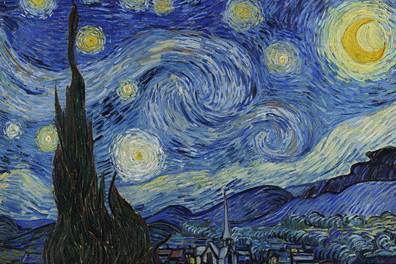About Life
In December 2013, the European Space Agency (ESA) launched Gaia, a space observatory satellite mapping the Milky Way in 3-D. It will be mapping our galaxy until 2022 or possibly 2025. It is in its final phase of mapping a billion objects like stars, planets, quasars, asteroids, and comets. While mapping the Milky Way, Gaia found some stars that astronomers dated back ten billion years ago. Some of them are actually the oldest stars in the universe.
This is a drawing of what Gaia looks like as it maps the Milky Way.

"Gaia"
In my twilight years, I’m still learning about astronomy. If you add up all the credit hours in college, graduate school, and post-graduate school that I took in over a dozen years, I have nearly 275 hours. Can you guess how many hours I accumulated in science? In my freshman year of college, I took geology, a 10-hour class during my first year. While my exposure to astrophysics was non-existent, I know a great deal of history and took Greek as a foreign language. For example, I knew that the name Gaia was the name of a goddess of Greek mythology. The Greek word means earth or land.

"Gaia"
My learning about astrophysics began with Carl Sagan’s Cosmos series on TV in 1980. That series started my informal education about the universe. This was the first of 13 episodes of Cosmos.
This is my astrophysics assumption, which isn’t verified by those in the know. Nonetheless, do you see the small dot, which I circled at the upper right corner? That is Alpha Centauri A. Directly behind that tiny dot is our Sun, which is is about 4.3 light-years away from Alpha Centauri A.

Nonetheless, I learned an important lesson from those ancient stars. Actually, H.G. Wells said it more clearly than I could. “Looking at these stars suddenly dwarfed my own troubles and all the gravities of terrestrial life.”
Follow @mountain_and_me








